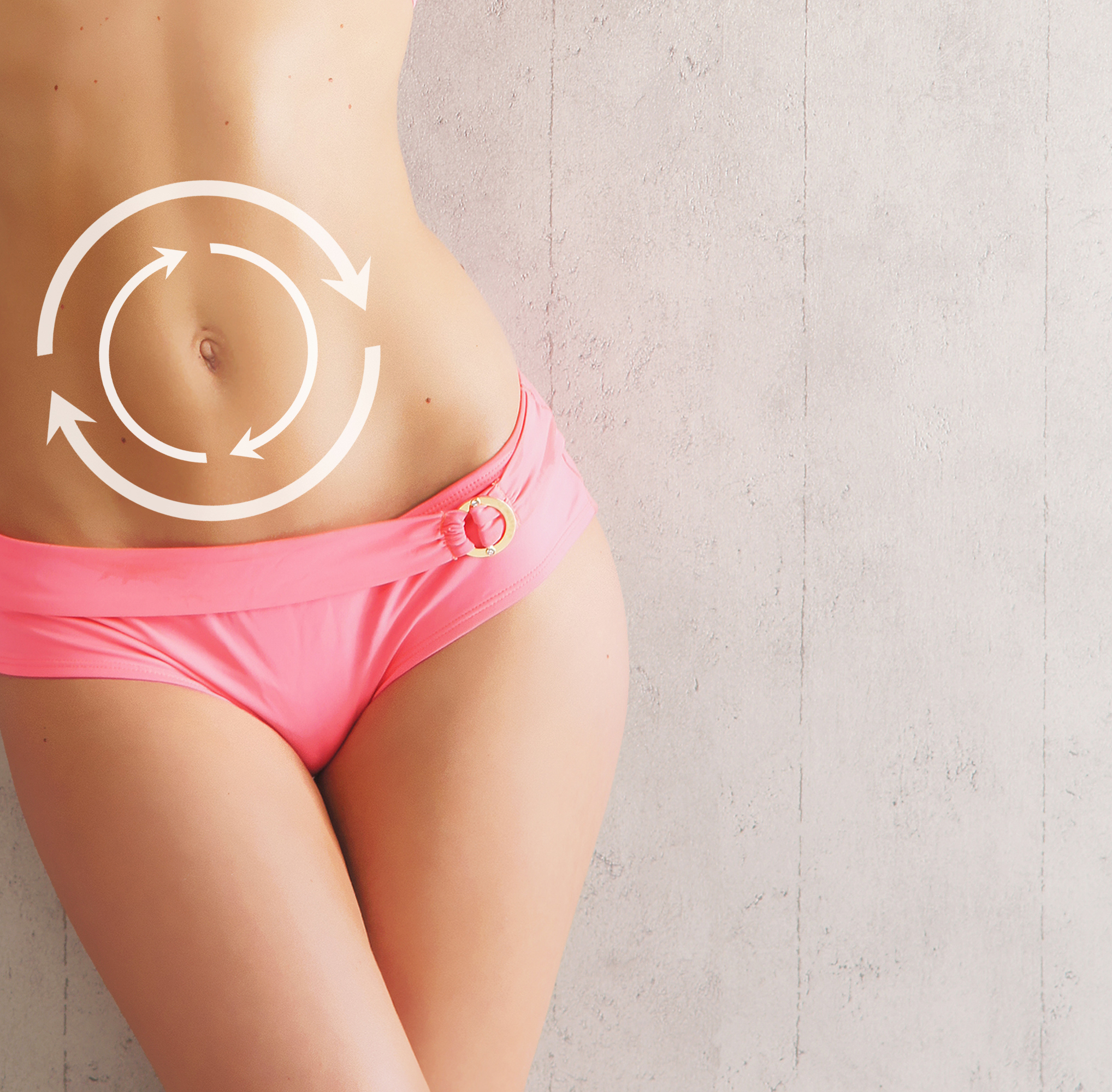Liposuction
Liposuction is one of the most popular cosmetic procedures for people with a realistic expectation of the surgery and is pleased with the results. Fat cells will be removed from very hard to shift areas and leave you feeling more comfortable and at ease in your body as well as able to wear a wider variety of clothes more comfortably.
While it is not a substitute for diet and exercise, this procedure, this procedure can eliminate fat from areas of the body where traditional weight-loss methods have failed, and by maintaining a healthy diet and regular exercise, you can keep your new shape for years to come.
While it is not a substitute for diet and exercise, this procedure, this procedure can eliminate fat from areas of the body where traditional weight-loss methods have failed, and by maintaining a healthy diet and regular exercise, you can keep your new shape for years to come.
Surgical Procedure

Hospital Admission
Duration of Operation
Anaesthetic
Pre Operative Care
Your surgeon will give you a consultation based upon photos firstly then again in person upon arrival at the hospital in a medical examination prior to surgery. It is there that he/she will assess your general health and which areas of the body have fat deposits that can be treated with liposuction.
It is possible that the surgeon may decide that, for example, an abdominoplasty, or a ‘tummy tuck’, may in fact be more suitable to your needs.
Your surgeon will direct you on preparation for surgery. You will be given instructions on eating and drinking, smoking, and taking or avoiding vitamins, iron tablets, and certain medications. If you develop a cold or an infection of any kind, especially a skin infection, your surgery may have to be postponed.
Patients that suffer from hypertension must inform the surgeon prior to surgery. To eliminate the chance of post-op. bleeding you should avoid aspirin and any medication containing aspirin or brufen for two weeks prior to surgery.
It is possible that the surgeon may decide that, for example, an abdominoplasty, or a ‘tummy tuck’, may in fact be more suitable to your needs.
Your surgeon will direct you on preparation for surgery. You will be given instructions on eating and drinking, smoking, and taking or avoiding vitamins, iron tablets, and certain medications. If you develop a cold or an infection of any kind, especially a skin infection, your surgery may have to be postponed.
Patients that suffer from hypertension must inform the surgeon prior to surgery. To eliminate the chance of post-op. bleeding you should avoid aspirin and any medication containing aspirin or brufen for two weeks prior to surgery.
Post Operative Care
After surgery, the area is covered with a compression garment designed to hold the body in shape whilst the remaining fat compresses into the new contour. This garment is worn day and night for approximately 2 months but may be taken off for a short time daily for a shower or bath.
Following the procedure, you may feel some discomfort as there may be some swelling, bruising and stiffness.
Discomfort due to surgery is temporary and most people go back to work within 1 week.
Following the procedure, you may feel some discomfort as there may be some swelling, bruising and stiffness.
Discomfort due to surgery is temporary and most people go back to work within 1 week.
Risks and Complications
Bruising is not uncommon and will be seen in the first few days after surgery, but will gradually disappear in a week or two. Waving skin is rare and is uncommon. The scarring is minimal. An approximately 1 cm incision is made where required which will gradually fade and become unnoticeable in time.
There is a greater risk from liposuction for people who have medical problems such as diabetes, heart disease, lung disease or poor blood circulation, and for people who have recently had surgery near the area to be treated.
There is a greater risk from liposuction for people who have medical problems such as diabetes, heart disease, lung disease or poor blood circulation, and for people who have recently had surgery near the area to be treated.
Results
You will see a noticeable difference in the contour of your body quite soon after surgery as the improvement will gradually become more as the swelling has subsided. After about three months, any mild swelling usually disappears and the final contour will be visible within the next 6 months.
After your procedure you could expect to reduce 1 garment size, however, this is not a weight reduction technique as liposuction is designed to create a better body shape.
The best candidates for liposuction are people of normal weight, who have firm, elastic skin, and excess fat limited to certain areas. Age is not a major factor, however, the elasticity of the skin is not usually as great in older patients and consequently, the results achieved may not be as good as younger patients with tighter skin.
After your procedure you could expect to reduce 1 garment size, however, this is not a weight reduction technique as liposuction is designed to create a better body shape.
The best candidates for liposuction are people of normal weight, who have firm, elastic skin, and excess fat limited to certain areas. Age is not a major factor, however, the elasticity of the skin is not usually as great in older patients and consequently, the results achieved may not be as good as younger patients with tighter skin.













